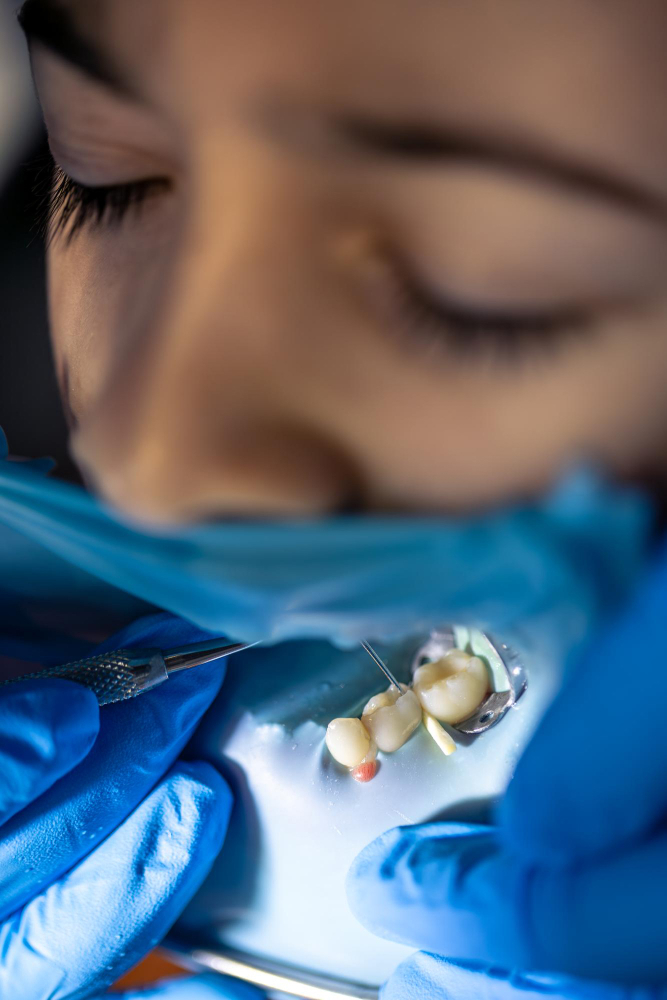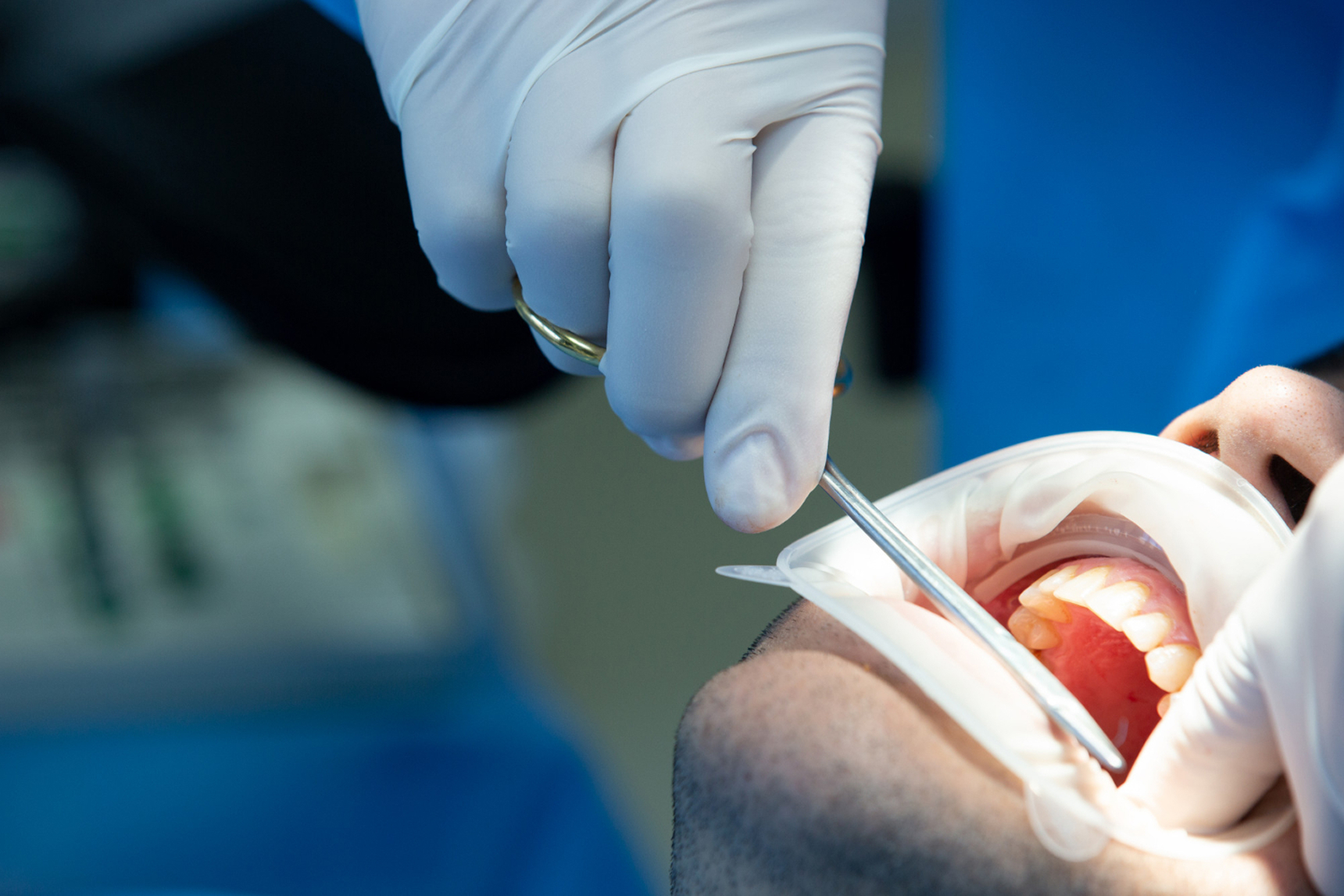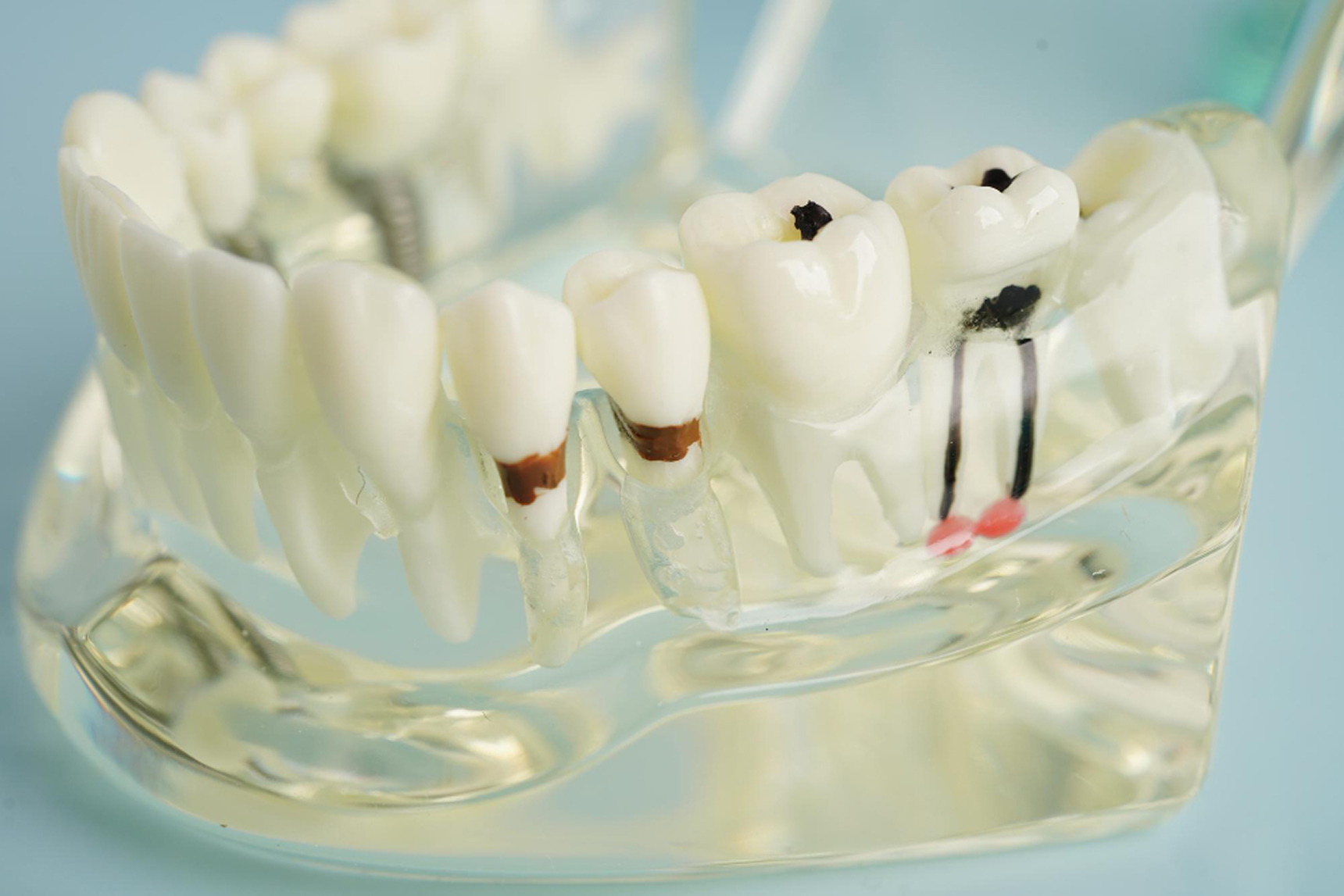

When a previous root canal has failed or infection persists near the root tip, an apicoectomy becomes necessary. The procedure involves making an incision in the gum to expose the root, removing a few millimeters of the root tip along with infected tissue, then sealing the canal from the end. Over time, bone and tissue heal around the treated root tip, preserving the tooth’s function and structure. Modern techniques often use microscopes and microsurgical tools to maximize precision and success.

1
2
3
Duration:
Number of Sessions:
Recovery / Downtime:
Pain Level:
Pre-Treatment:
Post-Treatment:
Short-term: Relief of symptoms like pain and infection. Over time, healthy bone regrows around the treated root tip, resolving lesions and stabilizing the tooth.
Long-term: The apicoectomy helps maintain the tooth in place and prevent further infection.
• Poor general health or uncontrolled systemic conditions
• Teeth with insufficient structure to restore or support
• Inadequate periodontal support or compromised bone
• Active infection elsewhere that has not been treated
• Number of roots or complexity of anatomy
• Need for guided surgery, bone grafting or magnification tools
• Accessibility (e.g. front vs molar region)
• Follow-up visits and restoration afterward




